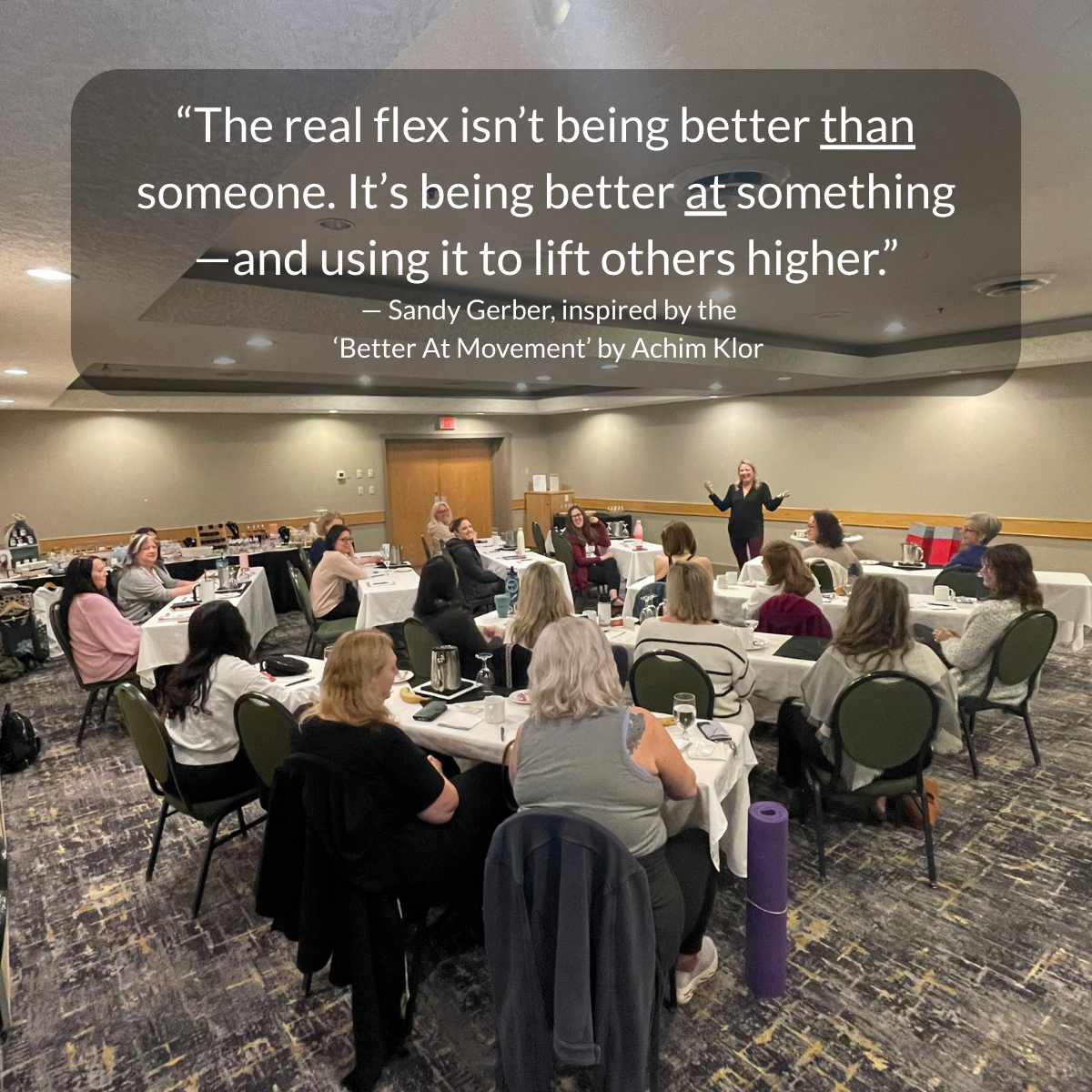Body language is a fascinating thing. Why? Because our body is the main tool for our communication. As I mention in my book, “Emotional Magnetism,” UCLA psychology professor Albert Mehrabian discovered that face-to-face communication can be broken down into three components:
• what we say—our words (7 percent);
• how we say it—the tone and pace of our voice (38 percent);
• what our body is saying—body language (55 percent).
In short, what people pick up on the most when you communicate with them is your body language. That, more so than anything else, will express how you’re feeling. However, the people you speak with won’t be aware of it being your body language that gives them an “impression” of you. Most of our interpretation happens subconsciously unless we start to become aware of what’s going on.
You can make a conscious effort to make the subconscious conscious (see what I did there?). By becoming aware of your own body language, you can determine what you communicate. And by becoming aware of other peoples’ body language, you can become better at understanding what they’re communicating. And by understanding it, you’re able to answer their emotional needs much better.
For example, let’s say you meet someone at a conference whom you’re blown away with. Being enthusiastic, you don’t notice that you speak more than usual and step into their personal space. They, as a result, feel like you are being intrusive, so they start feeling uncomfortable. Meaning they close off their body to you and try to back off.
Be Aware of Body Language Prompts
If you are aware of body language, not only will you know that you’ve stepped into their personal space, but you are also able to read their body language and can adjust your approach accordingly. If you see they are uncomfortable, you can take a step back, slow down, and ask some questions to establish rapport instead of peppering them with your thoughts.
This isn’t just about strangers at a conference. Your partner might come home from work one day, feeling drained. You, on the other hand, have been looking forward to seeing them all day. They need space and time to recuperate but failing to pick up on the clues, you launch yourself at them. They likely don’t want to push you away, but if they are rattled enough by the events of the day, they may eventually do so. This can lead to you feeling rejected and possibly set off an argument, even if their grumpiness has nothing to do with you.
Understanding other peoples’ body language simply helps you to understand how they are feeling when you have a conversation with them. If you bring up topics that make them uncomfortable, you’ll become aware of it.
Knowing what you are communicating yourself, can lead to better rapport. For example, if you want to signal that you are interested in what someone is saying, lean forward slightly and tilt your head to the side. Make sure not to cross your arms and legs, as it indicates you’re closed off to them. Also, be sure to look them in the eye for most of the conversation.
Matching and Mirroring Body Language
Likewise, when meeting someone new, you can put them at ease by matching and mirroring their body language. What does that mean? It means if they cross their legs, you cross your legs. If they scratch their arm, you scratch your elbow. You can either match or mirror, the action they are performing.
Now, you can’t do that with every move they make as it will take it too far. However, next time you have a conversation with someone, notice how you automatically match and mirror their body language to some extent. We all do it when we are in rapport with someone.
There are many other body language hacks you can learn. For example, did you know that if someone flares their nostrils it usually means they like what they’re thinking about? What they are thinking about could be something mentioned in the conversation, they could be thinking about you, or they could be thinking about something that has nothing to do with the present moment. If, on the other hand, their upper lip slightly curls when flaring their nostrils, it indicates dislike.
When a person places their hand(s) in front of their face, they are subconsciously trying to block the communication between you or trying to stop themselves from saying something they will regret. Did you know that when hands and arm movements are suddenly restrained, something is wrong? We are typically very animated when telling the truth, and because our nonverbal movements are controlled by the limbic brain rather than the thinking brain, they indicate what is really going on in a person’s mind.
These may seem like small things, but can you imagine how much more in tune you will become to what you and those around you are communicating when understanding body language?
If you want to know if someone is telling the truth, look at their body language. Unless they’ve learned to control it, their body language is where you will pick up how they are truly feeling.
Of course, a lot of what people are feeling has nothing to do with the present moment. Someone upset about their work might signal distress, but that has nothing to do with you or their conversation with them. As with everything else in life, you must be careful before making any judgments. However, knowing body language will make you a much better communicator as you get an understanding of where the other person is at. Plus, it will give you the opportunity to communicate what you want through your body language.
If you want to find out more about the basics of body language (which is really all you need to become a powerful communicator), you can read my book “Emotional Magnetism”. If you want to dig deeper, I suggest you have a read of Joe Navarro’s book, “What Every Body is Saying”.
I hope this blog was helpful! I, for one, am absolutely fascinated by how we as humans communicate all the time without even being aware of it!




0 Comments